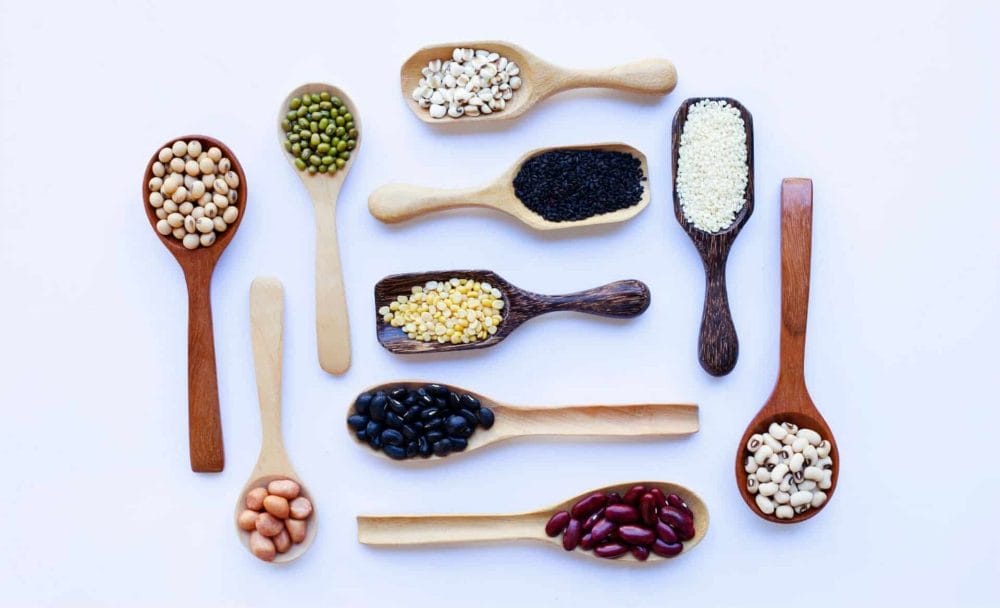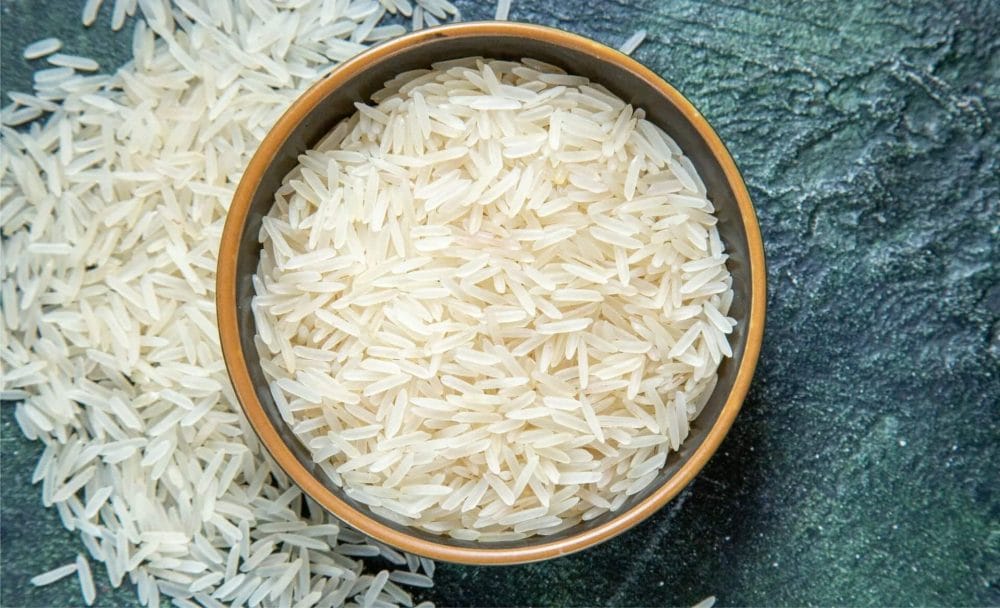
The quest for optimal health has always been linked to the foods we consume. Ayurveda recognizes that the choices we make in our diet impact our physical, mental, and spiritual balance. One fundamental principle that resonates with Ayurveda is “low glycemic index foods.” While contemporary science has elucidated the glycemic index, Ayurveda offers its unique perspective, rooted in balance, harmony, and individual constitution.
This article looks at low-glycemic index foods from an Ayurvedic viewpoint. We will define what constitutes low glycemic foods, provide a comprehensive list of such foods, and offer valuable diet tips that align with the wisdom of Ayurveda. So, let’s understand how low-glycemic foods can help with a balanced, Ayurvedic-inspired diet for enhanced vitality.
What is the meaning of low glycemic index food?
Ayurveda emphasizes the need for a balanced diet plan rich in essential nutrients while maintaining a low profile in terms of fat and calories. This approach is crucial for controlling diabetes and effectively managing blood sugar levels.
From an Ayurvedic perspective, choosing foods with a low glycemic index is not merely a dietary consideration but a holistic approach to fostering overall health. Incorporating these foods into one’s daily regimen can harmonize the body’s internal energies and maintain equilibrium. It can help support individuals in their journey towards sustainable well-being. [1]
Low glycemic index food list
In Ayurveda, selecting low glycemic index foods is vital to a balanced diet. Embracing ancient wisdom, Ayurveda offers diverse foods that assist in maintaining stable blood sugar levels and promote overall health. Here is a curated list of low glycemic index foods recommended from an Ayurvedic perspective.
- Purana shali (old rice)
Ayurveda advocates the consumption of old rice, which is gentler on blood sugar levels than newer varieties. [2]

- Shashtika shali (60-day rice)
Rice that crops within 60 days is an excellent choice for its low glycemic index. [2]
- Yava (barley – hardium vulgare)
Barley, a wholesome grain, finds favor in Ayurvedic diets for its low glycemic nature. [2]
- Godhuma (wheat)
Wheat is a staple that can be included, provided you consume it in moderation and its whole form. [2]
- Kodrava (paspolum scrobiculatum)
This grain variety is another low glycemic index option suitable for Ayurvedic diets. [2]
- Uddalaka (forest variety of kodrava)
Uddalaka, a forest variety of kodrava, has excellent nutritional content and low glycemic properties. [2]
- Adhaki (red gram – cajanus cajan)
Red gram, kuluttha (horse gram), and mudga (green gram) are suitable when paired with bitter and astringent leafy vegetables. [2]
- Recommended oils
Ayurvedic wisdom suggests the use of specific oils like nikumba (danti – baliospernum montanum), ingudi (balanitis egyptica), atasi (linum usitatisimum), and sarshapa (mustard) for cooking and seasoning. [2]
- Navapatola (young tricosanthus dioica)
Young vegetables such as navapatola and banana varieties find favor for their low glycemic impact. [2]
- Bitter vegetables
These include methica (methi-fenugreek leaves), karavellaka (bitter gourd), maricha (pepper). [2]
Low glycemic index diet tips
When crafting a low glycemic index diet plan following Ayurveda, adhering to the following dietary principles that promote balanced blood sugar levels is essential.
- Emphasis on complex carbohydrates
In Ayurveda, a significant portion of the diet comprises complex carbohydrates. These include grains like yava (barley), which is exceptionally high in fiber content (4 gm in 100 gms), making it an excellent choice for those aiming to regulate blood sugar levels. The consumption of complex carbohydrates aids in gradual glucose release, preventing rapid spikes. [2]

- Incorporate fiber-rich foods
Fiber-rich foods, such as green vegetables like patola, tanduleyakam, and mastyakshi, are highly recommended. Fiber slows the absorption of sugar and leads to better satiety. It helps individuals maintain stable blood sugar levels throughout the day. [2]
- Include fruits
Ayurveda suggests incorporating fruits like jambu (syzigium cumini), kapitha (feronia limonia), and amlaki (emblica officinalis) in the diet. These fruits are known for their low glycemic index and provide essential nutrients while helping manage blood sugar levels. [2]
- Avoid kapha-increasing preparations
Ayurveda advises against consuming foods and preparations that increase the kapha dosha, as this can exacerbate blood sugar imbalances. It’s important to balance food choices to maintain harmony within the body. [2]
- Use pungent oils sparingly
Ayurveda suggests using pungent oils like nikumba and sarshapa in moderation. These oils can add flavor to dishes but should be used judiciously, as excessive consumption may lead to imbalances. [2]
FAQs
1. What are some low glycemic index Indian foods?
Some low glycemic index Indian foods include bitter gourd (karela), whole grain chapati, and barley (jau). These foods help manage blood sugar levels effectively. [2]
2. What are some foods low in glycemic index?
Foods low in glycemic index include vegetables like spinach, legumes such as chickpeas and lentils, and most nuts and seeds.
3. What are low glycemic index foods for people with diabetes?
People with diabetes can benefit from low glycemic index foods like sweet potatoes, brown rice, quinoa, and non-starchy vegetables like cucumbers and bell peppers to help stabilize blood sugar levels.
4. What is a low glycemic index foods chart?
A low glycemic index foods chart typically lists various foods and their respective glycemic index values.
5. What are some of the best low-glycemic foods?
Some of the best low-glycemic foods include leafy greens, legumes like chickpeas, and whole grains like quinoa and barley. These choices promote stable blood sugar levels and overall health.
Conclusion
Adopting a low glycemic index diet, as guided by the principles of Ayurveda, offers a holistic approach to managing blood sugar levels. It is essential to prioritize complex carbohydrates like barley and fiber-rich vegetables, incorporating low-glycemic index fruits, and being mindful of kapha-increasing preparations.
Moderation in the use of pungent oils is preferable. Implementing these actionable points into your daily dietary choices will help you embark toward better blood sugar control and enhanced vitality. Remember, each individual’s constitution is unique, so consulting with an Ayurvedic practitioner for personalized guidance is always a prudent step toward optimal health.
Disclaimer
The information provided here does not intend to replace professional advice or treatment.
References
















